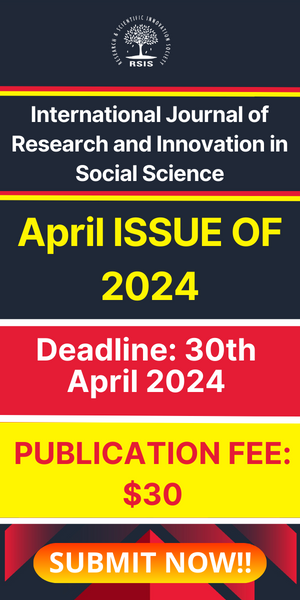Smart Translation for physically challenged people
- June 18, 2023
- Posted by: rsispostadmin
- Categories: Computer Science and Engineering, IJRIAS
Smart Translation for physically challenged people
Prateek B Alavandi*, Rajasekaran G, Akshay Gujjal, S K Shishir Prasad
Department Computer Science Engineering, Atme College of Engineering Mysuru
*Corresponding Author
DOI: https://doi.org/10.51584/IJRIAS.2023.8512
Received: 15 May 2023; Revised: 21 May 2023; Accepted: 25 May 2023; Published: 18 June 2023
Abstract: Hand gestures are one of the nonverbal communication methods used in sign language. It is most typically used by deaf and hard of hearing persons who have hearing or speech impairments. difficulties communicating with one another or with regular people folks. Several sign language systems have been created byThere are numerous producers all throughout the world, but they are neither versatile nor adaptable.end-user-friendly in terms of price Our project’s goal is to create a communication system for deaf people. This project is divided into two sections. (1) It translates an audio message into sign language, and (2) it translates images/video into text/speech. The first category we’ll look at takes audio as input, turns the audio recorded message into text, and displays predetermined Indian Sign Language visuals or GIFs. The use of this technique facilitates communication between hearing and deaf persons. In the second category, we will gather photographs and train images with CNN and present the results.
I. Introduction
For deaf-dumb people, sign language is a vital means of communication. Each gesture in sign language has a specific meaning. As a result, complex meanings can be explained by combining various basic elements. Sign language is a gesture-based language used by deaf and dumb people to communicate. It is essentially a nonverbal language that is typically used by deaf and dumb people to communicate more effectively with one another or with normal people. Sign language has its own set of rules and grammar to help you express yourself effectively. There are two primary approaches to sign language recognition: image-based and sensor-based. However, a lot of research is being done on image-based approaches because they have the advantage of not requiring the wear of complex devices such as hand gloves and helmets etc.


